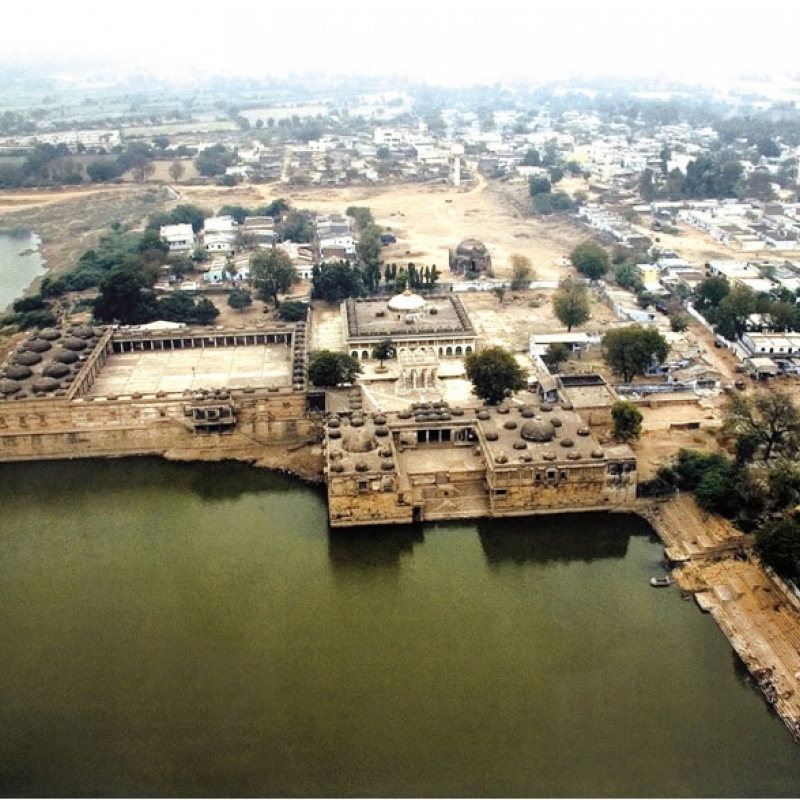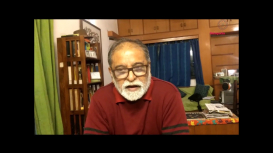Sarkhej Roza is one of the most unique and elegant architectural complexes in India. Located in the village of Makarba, about 7 km south-west of Ahmedabad, it has been referred to as 'Ahmedabad’s Acropolis' by architect Le Corbusier. The complex is the final resting place of Sufi saint Hazrat Shaikh Ahmed Khattu, revered as the patron saint of Ahmedabad. It consists of small palaces and pavilions and is one of the only monuments in western India to have a large waterbody attached to it.
The buildings in Sarkhej are an amalgamation of Islamic and Hindu styles of architecture. While the pillars, ringed domes and brackets are manifestations of the Islamic style, the ornamentation and motifs signify Hindu designs. Thus, Sarkhej Roza is an example of early Indo-Saracenic style of architecture.
The complex brings together three distinct spatial categories—royal, religious and social—with the palace and tombs forming the royal space, the mosque the religious and the pavilions the social. The complex is a significant product of the socio-political history of Gujarat, the village of Sarkhej essentially being the home of weavers and indigo dyers.



